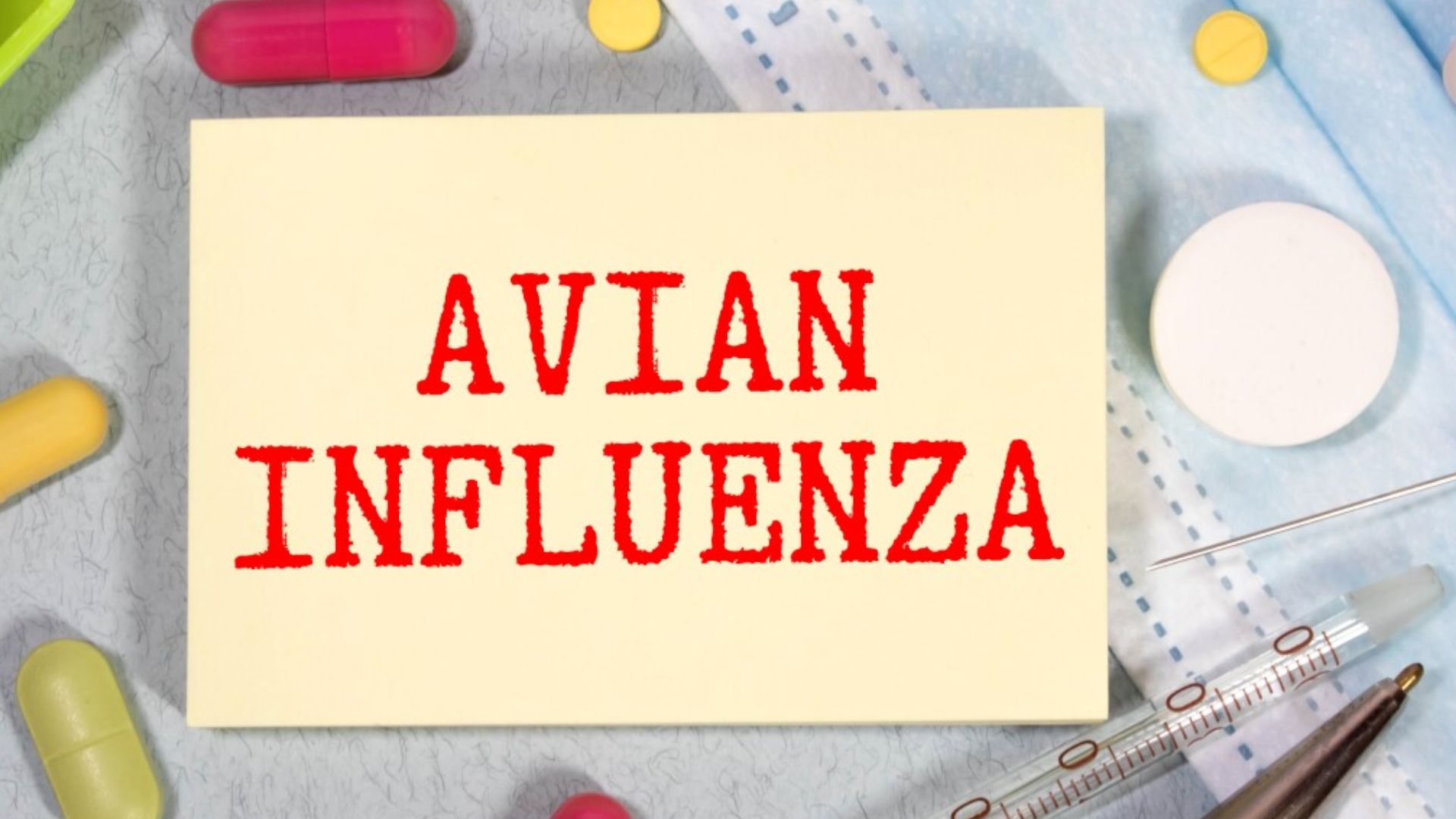Indianapolis, Indiana – The Indiana Department of Natural Resources (DNR) has confirmed the presence of highly pathogenic avian influenza (HPAI) in multiple counties across the state, raising concerns among wildlife experts and residents. Surveillance conducted by the U.S. Department of Agriculture Wildlife Services and the DNR Division of Fish, Wildlife & Nature Preserves identified HPAI in a blue-winged teal in Greene County. In addition, the virus has been confirmed as the cause of death in black vultures in Jefferson County and is suspected in similar deaths in Franklin County.
HPAI, commonly referred to as bird flu, affects both waterfowl and raptors. Signs of the disease include sudden death, neurological issues such as lack of coordination or swimming and walking in circles, tremors, or twisted necks. Other symptoms may include lethargy, loss of appetite, swelling around the head, neck, or eyes, and respiratory issues such as nasal discharge, cough, or sneezing. The DNR urges anyone who finds wild birds displaying these signs, or dead birds without a clear cause, to report them online at on.IN.gov/sickwildlife.
While the Centers for Disease Control and Prevention (CDC) notes that the risk of HPAI to the general public is low, human infection remains a possibility. Residents are advised to avoid direct contact with sick or dead wildlife whenever possible. If it is necessary to remove a carcass, officials recommend using disposable gloves and a mask, double-bagging the bird, and using a tool such as a shovel instead of handling it by hand. Washing hands with soap and warm water immediately after contact is crucial.
Waterfowl hunters are also encouraged to follow strict safety protocols. The U.S. Fish and Wildlife Service recommends processing birds in a well-ventilated area or outdoors while wearing protective clothing, including gloves and a face mask. Any meat harvested should be thoroughly cooked to an internal temperature of 165°F before consumption to reduce the risk of illness.
Read also: Will Power returns to sports car racing with excitement at Indianapolis Motor Speedway this weekend
Residents who develop symptoms such as eye irritation, fever, cough, sore throat, shortness of breath, fatigue, muscle aches, diarrhea, nausea, vomiting, or rash after coming into contact with waterfowl should contact the Indiana Department of Health (IDOH). During business hours, the IDOH can be reached at 317-233-7125. Outside of business hours, residents should call 317-233-1325 and follow the prompts to speak with the epidemiologist on call.
HPAI is not limited to wild birds. Domestic and agricultural animals, including poultry, cattle, and cats, can also be susceptible. Animal owners are advised to take precautions when handling or processing harvested waterfowl. Maintaining proper biosecurity measures, such as processing birds away from domestic animals, can help reduce the risk of transmission.
The DNR and related agencies continue to emphasize the importance of reporting any illness or unexplained deaths among poultry. Concerns regarding poultry should be directed to the Indiana Board of Animal Health through their small flock and exhibition poultry reporting system, available at IN.gov/boah/species-information/avianbirds/small-flock-and-exhibition-poultry/sick-andor-dead-poultry-questionnaire.
For additional information about HPAI, including guidelines for biosecurity and safety, residents can visit the Indiana government’s dedicated page at on.IN.gov/avian-flu or consult the USDA’s Defend the Flock website at aphis.usda.gov/livestock-poultry-disease/avian/defend-the-flock.
As highly pathogenic avian influenza continues to be detected in multiple Indiana counties, the DNR and public health officials urge vigilance among residents, hunters, and animal owners. Observing safety protocols, reporting suspicious wildlife deaths, and practicing good biosecurity measures remain critical in reducing the spread of the virus and protecting both human and animal populations.
With cases now confirmed in Greene and Jefferson counties, and suspected in Franklin County, authorities continue to monitor the situation closely. Public cooperation is essential to controlling HPAI and preventing further spread throughout the state, ensuring both wildlife and domestic animals remain protected.
The situation serves as a reminder of the interconnectedness between wildlife health, agriculture, and human safety. By following recommended precautions and staying informed, Hoosiers can help limit the impact of avian influenza while enjoying Indiana’s rich natural environment responsibly.









